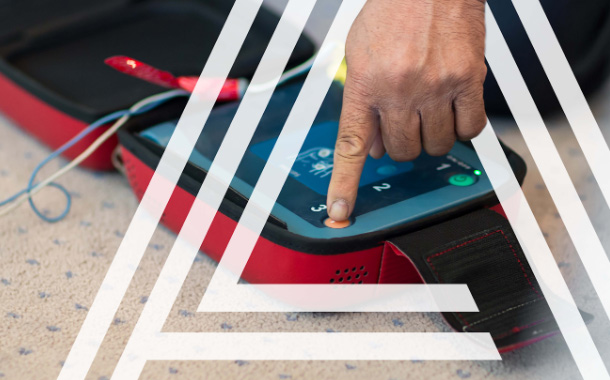Avaya to appeal for partners as it sets out its smart city vision for next-generation emergency healthcare provision.
Avaya Holdings Corporation will appeal to emergency services organizations and device manufacturers to share in its vision for the future of life-saving emergency healthcare technologies.
To be explained at the EENA Conference, taking place in Dubrovnik, Croatia, from April 10-12, that vision involves, among other innovations, the creation of next-generation emergency response technologies, such as connected Automated External Defibrillators (AEDs). By fitting the devices with sensors and having them directly connected to Public Safety Answering Points (PSAPs), these technologies could become dramatically more effective when it comes to saving lives.
“When it comes to AEDs specifically, currently all we have is apps that point you towards the closest defibrillator wherever you are. But the devices aren’t connected. There’s no way of telling, ahead of time, whether or not they’re functioning. What’s more, the people who are most likely to use these devices –normal citizens who happen to be in the area where an emergency takes place – aren’t trained in how to use them,” said Markus Bornheim, Practice Lead – Public Safety and Emergency Services, Avaya International.
“To address this, the idea is for the devices to be connected to local emergency response communications systems. This way, they can send status updates on battery life, on routine checks, and on the status of the device when it is in active use, with prompts such as ‘AED housing opening’ and ‘panels loaded’. This gives PSAP agents full visibility over the resources at their disposal, while also enabling them to guide members of the public through the process of operating the device.”
As envisioned by Avaya, such a system would be connected to PSAP agents via the Avaya Intelligent Experiences (IX) communications platform, which enables organizations to integrate their own hardware and applications with Avaya’s unified communications and contact center capabilities, and is already being used by governments across the world for emergency response services. With this in mind, Avaya is using its participation at the EENA Conference to appeal to application developers, government organizations, and AED manufacturers to explore partnership opportunities that could create the next generation of these life-saving devices.
These calls for collaboration on life-saving technologies come as many countries around the world, and particularly those in the European Union (EU), ramp up their ability to provide faster and easier methods of communication with emergency services. Many are turning to the Next-Generation 112 (NG112) architecture, which aims to improve communication between citizens and emergency services, enable interoperability between emergency services, and promote an open standard approach to deployment.
Avaya is working with governments around the world on adopting NG112 principles. Solutions that enable the integration of features such as location-based emergency call routing, policy-based emergency call routing and video calling are already being trialled and deployed across a range of geographies. In Portugal, for instance, 112 services can now receive, interpret and respond to messages sent through eCall thanks to Avaya technology. In Italy, Avaya has helped Regione Siciliana build a reliable, robust communications infrastructure capable of delivering next-generation emergency services. And in the United States, Avaya communications solutions are the first to provide location discovery for devices and place that data into a national Next Generation 911 (NG911) repository.


